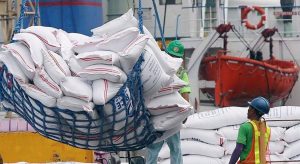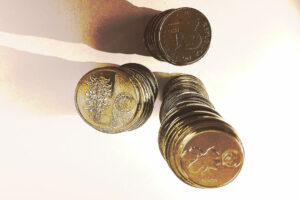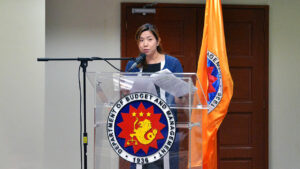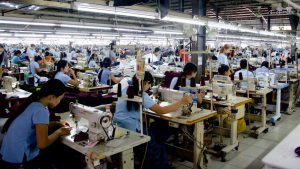By Adrian H. Halili, Reporter
THE Department of Agriculture (DA) said on Wednesday that it plans to import 363,697 metric tons (MT) of rice to facilitate its plan to aid poor consumers by selling grain to them at the subsidized price of P29 per kilogram.
In a statement, the DA said the imports will offset the National Food Authority’s (NFA) ageing stock that will be sold off for the program.
The NFA council had approved the sale of ageing rice stocks to those below the poverty threshold.
It added that the NFA will also procure about 559,535 MT of palay (unmilled rice) from domestic farmers, which when milled into rice will be equivalent to the volume of the imports.
Agriculture Secretary Francisco P. Tiu Laurel, Jr. said that the program will cost the government between P1.39 billion and P1.53 billion per month, assuming 69,000 MT in monthly sales.
Separately, Agriculture Assistant Secretary Arnel V. De Mesa said that the planned imports are still subject to approval, adding that one of the legal pathways for obtaining the green light to ship in the rice is via “amendments to the Rice Tariffication Law… and an executive order to do so under the Price Act.”
The NFA has said that it procured 3.37 million 50-kilogram bags (168,262 MT) of palay as of June 13, equivalent to four days of consumption when milled into rice. It has exceeded the initial target of 3.36 million bags for the first half.
The NFA said that it will sell the subsidized rice for a limited period through the KADIWA network by early July.
“Although the new NFA selling price is higher than the previous price of P25 per kilo, it is nonetheless a very deep discount to the prevailing market price to ensure that poor Filipinos have access to their main food staple,” the NFA added.
The market price of well-milled rice in Metro Manila was between P52 and P54 per kilo, while regular-milled rice was at P48-P51 per kilo, according to DA price monitors as of June 18.
The NFA said it had raised the selling price for ageing stock from P25 per kilo to reduce the need for government subsidies.
Apart from poor consumers, also eligible for the subsidized rice are persons with disabilities, solo parents, senior citizens, with plans to make indigenous people eligible. The estimated number of availers is about 6.9 million households or over 34 million individuals.
“Each beneficiary household is entitled to purchase 10 kilos per month,” the NFA said.
Asked to comment, Former Agriculture Undersecretary Fermin D. Adriano said that the DA’s planned import volumes are not significant.
“If distribution is targeted properly, given to the poorest of the poor, it will be a good subsidy. But if targeting is flawed, then it will be a waste of precious public funds,” Mr. Adriano said via Viber.
The Philippines has imported 2.17 million MT of rice as of June 6, according to the Bureau of Plant Industry.
Projected imports for the year are 4.6 million MT due to higher consumption and lowered import tariffs, the US Department of Agriculture reported.
Rizal Commercial Banking Corp. Chief Economist Michael L. Ricafort said lower tariffs on rice could lead to the lowering of rice prices.
The National Economic and Development Authority (NEDA) Board has approved a plan to lower tariffs on industrial and farm goods, including the further reduction of rice import tariffs to 15% from 35%, until 2028.
“The sustainable, structural solution is to boost the productivity of the rice industry,” Mr. Ricafort said via Viber.
Samahang Industriya ng Agrikultura Executive Director Jayson H. Cainglet said the government should buy the rice from farmers affected by the drop in palay farmgate prices.
“If they subsidize, I hope (they procure from) the farmers who have been hit by the drop in the farmgate price of rice since NEDA’s announcement of the 15% rice tariff,” Mr. Cainglet said via Viber.





